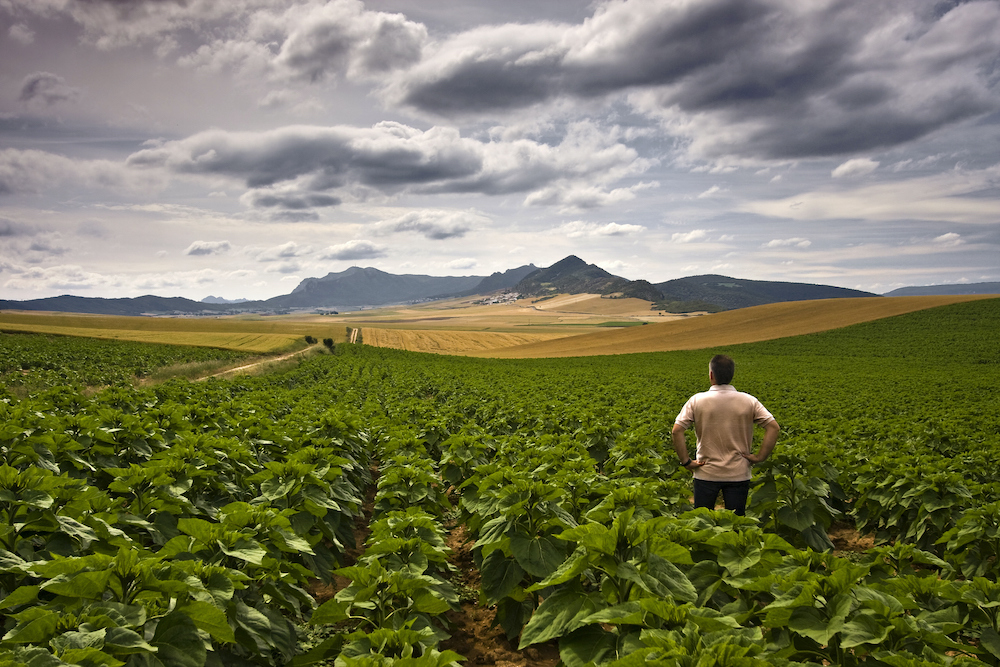Opinion: Amazon Camu-camu fruit offers untapped benefits

By National Institute for Amazonian Research (INPA) Professor Kaoru Yuyama
 The camu-camu fruit, or Myrciaria dubia, is still a little-known variety with enormous agronomic, nutritional, economic and social potential.
The camu-camu fruit, or Myrciaria dubia, is still a little-known variety with enormous agronomic, nutritional, economic and social potential.
It grows in the Amazon Basin's natural rivers and lake borders and contains high, and stable, ascorbic acid concentration and flavonoids.
The Amazon Basin represents more than 50% of Brazil occupying an area of 5,846,100 sqkm and also includes the neighboring countries of Peru, Colombia, Bolivia, Venezuela and Guyana that make up the basin.
The expanse of the territory offers wide plant differentiation, as well as fruiting periods, plant structure and physico-chemical composition of the fruits depending on the soil fertility of each region.
The Peruvians believed the camu-camu only grew on fertile soils of the Andes floodplains and didn't believe it could grow in the acidic and nutrient poor soil of Rio Negro's white beach in Manaus, whose PH level is around 4.
But for those of us who work on the fruit's breeding program, its diversity is fantastic. Out of the 2,000 seeds planted in the southeastern Brazilian state of São Paulo, less than 5% was able to withstand cold weather and produce fruit.
The ripening of the camu-camu coincides with the annual flooding of the Amazon rivers, which cannot guarantee production because if the floods are too fast the harvest, collected via boats and canoes, will be lost.
Vitamin C levels are at their highest when the fruit is a ripe red or purple color, unlike the acerola which has its highest levels when green. The camu-camu's anthocyanins and flavonoids also increase when it is at its ripest.
Cultivation on land depends on soil fertility and water content to produce high quality fruit but since there is no flooding, fruit can be harvested at optimum ripeness. Like the acerola, guava and jaboticaba, and members of the myrtle family, it produces at least two crops a year.
Camu-camu plants can be selected for high ascorbic content, large fruit and uniform maturation which makes them an import fruit for cultivation.
One of the unusual things about the fruit is when its pulp is stored and kept in a domestic freezer loses none of its ascorbic acid content maintaining about 2000mg per 100g of pulp.
In a test using a small regional ice-cream company it was found there was still about 450mg of ascorbic acid in 100g of ice cream. And in jam, camu-camu retained about 720mg ascorbic acid per 100g of jam.
Shipments of camu-camu pulp in plastic bags in a refrigerated 200 litre drum container are currently being explored.
INPA has developed a technique to make the pulp powder soluble in water to give a natural high ascorbic acid content of 23,000mg per 100g powder without losing flavor or aroma. This means we can turn 100kg of camu-camu plum into a 1kg product which doesn't require refrigration and can be easily used/consumed.
Another study is the camu-camu bark and seed material which can also be made into a powder and used as an antioxidant to elimiate free radicals and strengthen muscles.
Currently, there are no producing companies in the Amazon, but if such a firm arrived then the camu-camu could be diversified and marketed to offer value-added products which would revolutionize the world.









































